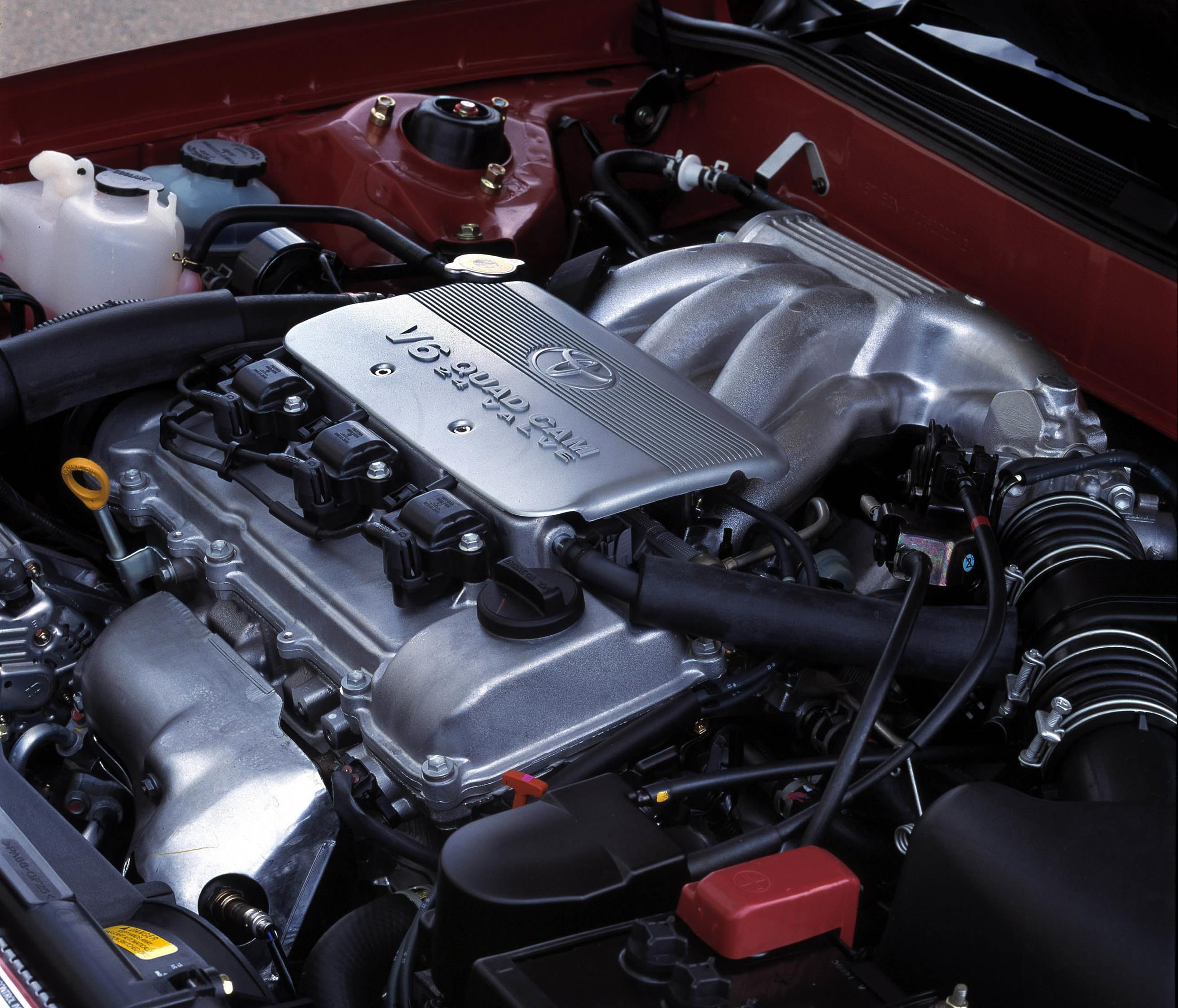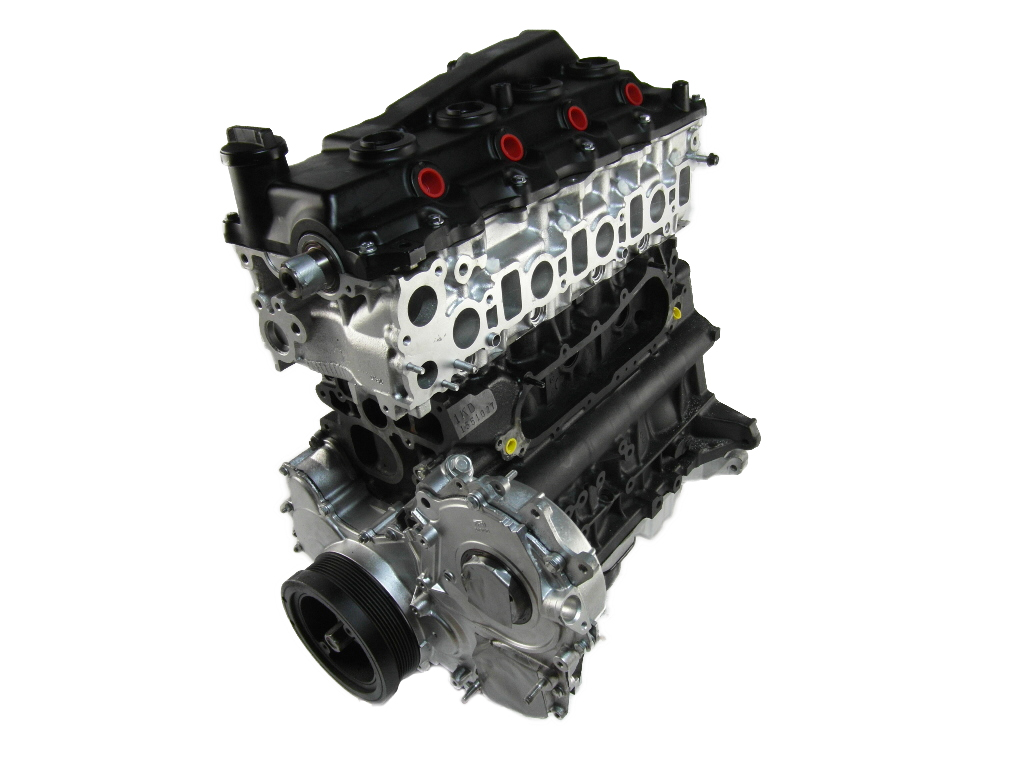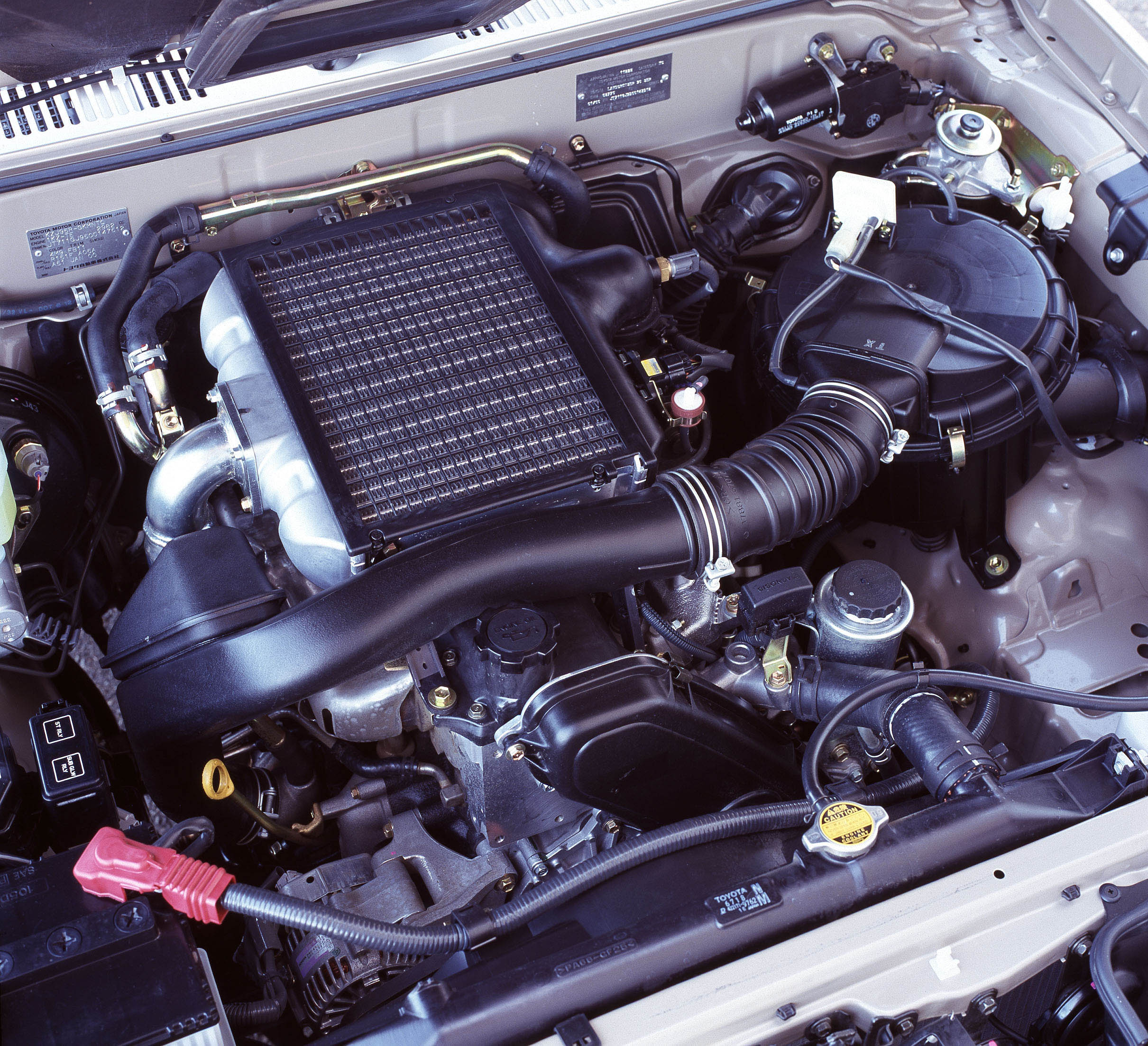Introduction
Ford’s Barra 182 was a 4.0-litre inline six-cylinder petrol engine that was introduced in the Ford BA Falcon in October 2002. Replacing Ford’s Intech six-cylinder engine, key features of the Barra 182 engine included its:
- Cast-iron block;
- Aluminium alloy cylinder head;
- Double overhead camshafts with variable intake and exhaust valve timing (Ford’s Variable Cam Timing or VCT);
- Four valves per cylinder;
- Maximum engine speed of 6000 rpm; and,
- Electronic ‘drive-by-wire’ throttle control.
For the Ford BF Falcon, the Barra 182 engine was replaced by the Barra 190.
| Model | Engine | Trans. | Peak power | Peak torque | Years |
|---|---|---|---|---|---|
| Ford BA Falcon | 4.0-litre petrol I6 | 5sp man., 4sp auto |
182kW at 5000rpm | 380Nm at 3250rpm | 2002-05 |
| Ford BA Fairmont | 4.0-litre petrol I6 | 4sp auto | 182kW at 5000rpm | 380Nm at 3250rpm | 2002-05 |
| Ford BA Fairlane | 4.0-litre petrol I6 | 4sp auto | 182kW at 5000rpm | 380Nm at 3250rpm | 2002-05 |
| Ford SX Territory | 4.0-litre petrol I6 | 4sp auto | 182kW at 5000rpm | 380Nm at 3250rpm | 2004-05 |
Block
The Barra 182 engine had a cast iron block with 92.26 mm bores and a 99.31 mm stroke for a capacity of 3984 cc. Compared to its Intech predecessor, the Barra 182 engine had a lighter block, partly due to the deletion of the auxiliary drive shaft that drove the oil pump and distributor. For the Barra 182, the oil pump was mounted on the end of the crankshaft.
The Barra 182 block had cross-bolted main bearing caps to increase rigidity and a cross-bolted alloy sump. Due to the requirements of the variable cam timing phasers, the oil pan was modified for more rapid return of oil to the pump’s pick-up point.
Cylinder head
The Barra 182 engine introduced a new gravity-cast, aluminium alloy cylinder head which – in comparison to the low-pressure, die-cast cylinder head of its Intech predecessor – was around 50 per cent stiffer. As a result, the triple-layer gasket of the Intech engine was replaced by a thinner single layer steel (SLS) sheet metal gasket for the Barra 182 engine.
The newly developed water jacket for the Barra 182 engine featured deflection vanes to squeeze coolant past hot spots – such as the exhaust valve seats – at higher velocities to achieve more even temperatures throughout the cylinder head. For the Barra 182 engine, the required volume of coolant increased by 30 per cent to 10.3 litres.
Camshafts and valvetrain
The Barra 182 engine had double overhead camshafts that were driven by a single-stage roller chain. To minimise weight and improve durability at higher engine speeds, the camshafts were roll-forged and had bored centres. In contrast, the single overhead camshaft of the Intech engine was produced from cast iron and driven by a duplex chain.
The Barra 182 engine had four valves per cylinder that were actuated by roller finger followers; hydraulic lash adjusters maintained zero valve clearance, while a clip held the lash adjuster to the rocker for durability. To limit in-chamber tumble and provide good seating, the valves had a domed head and no lip.
Variable Cam Timing (VCT)The Barra 182 engine had a vane-type VCT phaser – produced by Aisin – on each camshaft that provided continual variable adjustment within a 60 degree range (10 degrees advanced or 50 degrees retarded from the initial pin lock position). Each camshaft phaser was hydraulically controlled via an oil control valve that was mounted on top of it. However, the Barra 182 engine had Ford’s ‘Dual Equal Phase Shifting’ (DEPS) VCT system whereby the intake and exhaust camshafts could only be controlled synchronously. As such, intake and exhaust camshaft timing could only be advanced or retarded by the same degree simultaneously, and not independently. Valve timing for the initial, advanced and retarded camshaft settings are given in the tables below. Based on these timings, valve overlap was 25 degrees, intake duration was 251 degrees and exhaust duration was 246 degrees. At idle, the camshaft timing could be advanced by 10 degrees from the pin lock position for smoother running. On low throttle openings, however, the system could retard timing by as much as 50 degrees from the pin lock position to reduce fuel consumption and lower exhaust emissions via internal exhaust gas recirculation.
Dual resonance inlet manifoldLike the Intech engine, the Barra 182 had a dual resonance inlet manifold. Ford’s ‘Intake Manifold Charge Control’ or IMCC system used a butterfly valve in the intake runner for each cylinder that was controlled by the Powertrain Control Module (PCM) via a vacuum actuator. In normal operation, the butterfly valves were closed to create a longer intake path to increase the pulsing effect of the intake air, draw more air into the cylinder and increase torque. At higher engine speeds (i.e. above approximately 3800 rpm), the butterfly valves would to create a shorter intake path which reduced intake resistance and allowed a greater volume of air into the cylinder for top-end power. Injection and ignitionThe Barra 182 engine had an electronically-controlled sequential fuel injection system with a maximum injection pressure of 2.4 bar. The ‘speed density’ fuel injection system used the engine speed, intake air temperature and manifold absolute pressure sensors to calculate intake air mass and therefore the fuel required to be injected for combustion. This quantity of fuel was then adjusted according to feedback information from the Heated Oxygen (HEGO) sensor, providing close loop control of fuel injection. The Barra 182 engine had distributorless, coil-on-plug ignition with individual coils mounted above the spark plug. The long-life spark plug was positioned in the centre of the combustion chamber roof between the four valves. The Barra 182 engine had a compression ratio of 9.7:1 and 1-5-3-6-2-4 firing order. If using premium unleaded petrol, increased spark advance provided greater power and lower fuel consumption without the risk of detonation. Internal Exhaust Gas Recirculation (EGR)The Barra 182 engine complied with Euro II emission standards and had an internal exhaust gas recirculation system whereby late closing of the exhaust valves – during the downward induction stroke – would cause some of the unburned exhaust gas in the extractors to return to the intake. LubricationThe Barra 182 engine introduced a new oil pump that was driven by the crankshaft; the pump housing was fitted over the end of the crankshaft at the front of the engine. The Barra 182 engine was specified to use 10W-30 engine oil.
Back To Top
| |||||||||||||||||||||||||||||||||||||||||||||||||||






